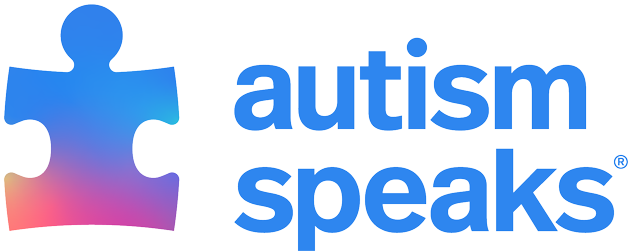Search
Pivotal Response Treatment (PRT)… Response Treatment? Pivotal Response Treatment, or PRT, is a behavioral treatment for autism. This therapy is play-based and initiated by the child. PRT is based on the principles of Applied Behavior Analysis (ABA). Goals of this approach include: Development of communication and language skills Increasing positive social behaviors Relief from disruptive self-stimulatory behaviors The … behavior and learning. Pivotal areas include: Motivation Response to multiple cues Self-management Initiation of social interactions Motivation strategies are an important part of the PRT approach. These emphasize natural reinforcement. For …
Floortime… children with autism. The intervention is called Floortime because the parent gets down on the floor with the child to play and interact with the child at their level. Floortime is an alternative to ABA and is sometimes used in combination with ABA therapies. The goal is for adults to help children expand their “circles of communication.” They meet the child at their developmental level and build on their strengths. Therapists and parents engage … Emotional ideas Emotional thinking Therapists teach parents how to direct their children into more and more complex interactions. This process, called “opening and closing circles of communication,” is central to the Floortime approach. …
Applied Behavior Analysis (ABA)… What is Applied Behavior Analysis? Applied Behavior Analysis (ABA) is a therapy based on the science of learning and behavior. Behavior analysis helps us to understand: How behavior works How behavior is affected by the environment How … helpful and decrease behaviors that are harmful or affect learning. ABA therapy programs can help: Increase language and communication skills Improve attention, focus, social skills, memory, and academics Decrease problem behaviors The methods … reinforcement for demonstrating useful skills and socially appropriate behaviors. The emphasis is on positive social interactions and enjoyable learning. The learner receives no reinforcement for behaviors that pose harm or prevent learning. …
